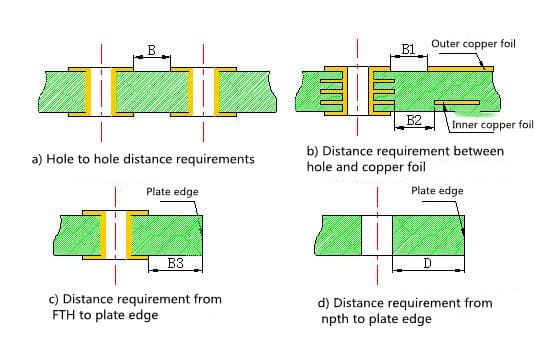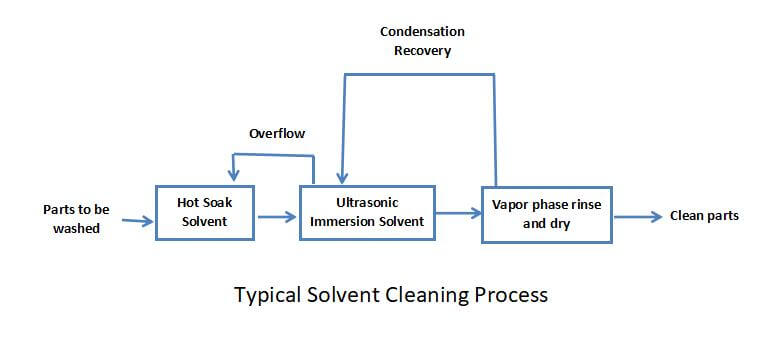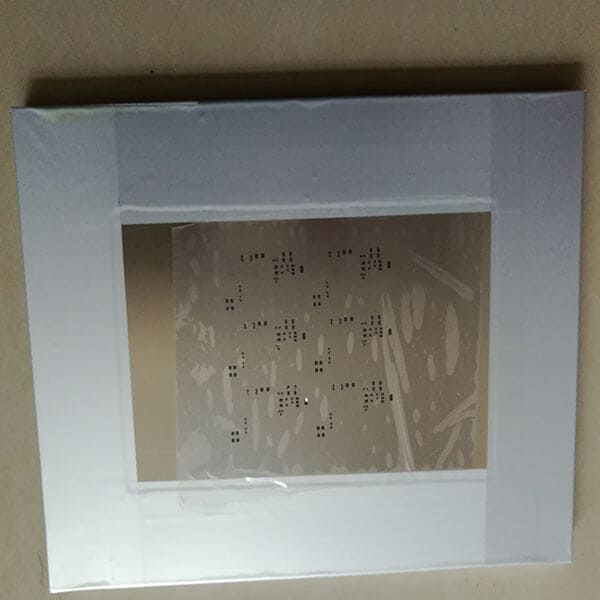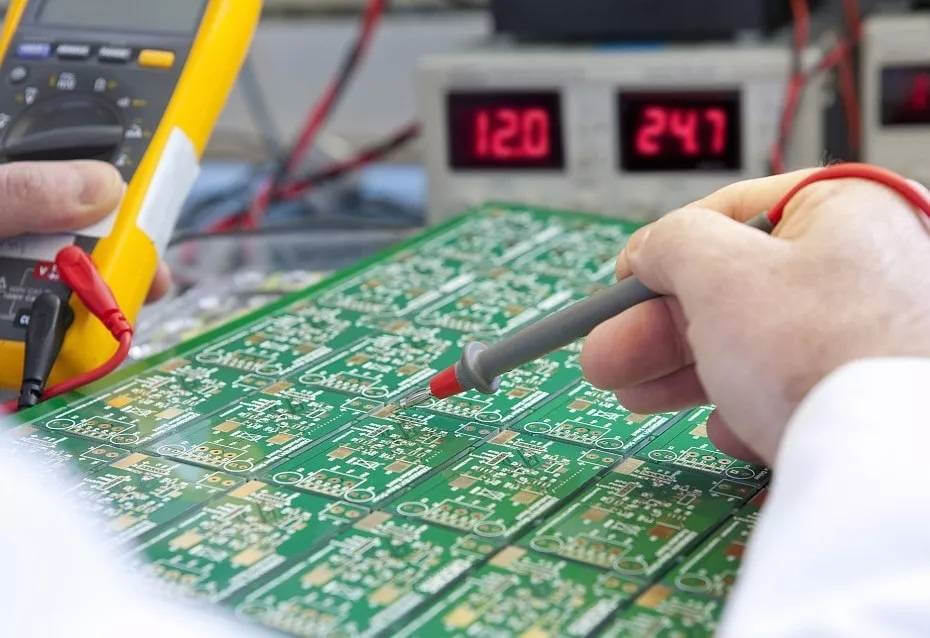After reflow soldering or wave soldering, PCB may be deformed, such as bending and warping, or even cracked and layered. However, problems such as cracking and delamination are rare, while deformation problems such as plate bending and warping are common, and often lead to abnormalities such as empty welding, faulty welding, monument erection and offset. How to judge whether the PCB is deformed? What are the hazards of PCB board deformation?
Criteria for Determining PCB Board Deformation
Planeness
Flatness is usually used in the industry to measure the deformation of PCB. Flatness is mainly determined by two characteristics, namely, bow and twist.
Bow refers to the condition that when the four corners of a PCB are in the same plane, it is roughly cylindrical or spherical.
Twist means that one corner of the PCB is not on the same plane as the other three corners, and the board parallel to the diagonal of the board is warped.
If the PCB is circular or elliptical, it must be measured based on the highest point in the vertical displacement direction.
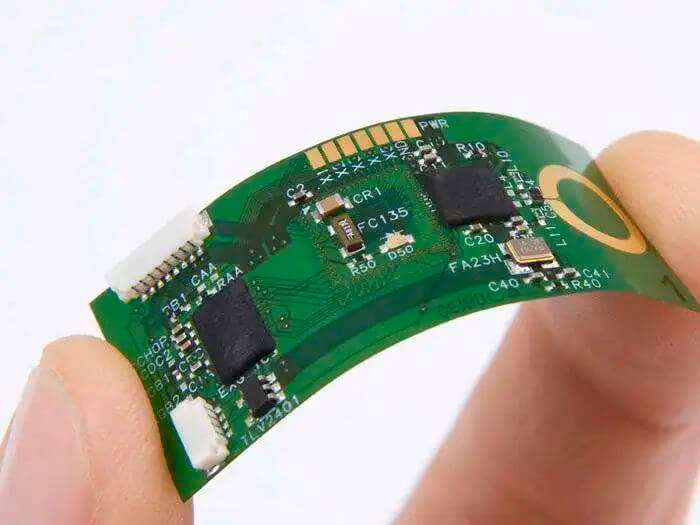
Causes of PCB Board Deformation
What are the factors that affect the flatness of PCB?
- The flatness of PCB may be affected by the board design.
Because different wiring or the layer structure of multi-layer boards will lead to different stress or stress relief conditions. For example, when selecting copper coating, if a large PCB is designed to be all copper, the actual PCB will remain warped when it is subjected to external force. If it is designed to be grid, it will not be maintained and will return to the original flatness. In general, when setting time, copper is also left at the process edge to ensure the flatness of the PCB. - PCB thickness and material characteristics are also important factors affecting flatness.
Measurement Method of PCB Board Deformation
According to the IPC standard, if the PCB board needs to be printed, the deformation range shall be ≤ 0.75%. If the PCB board only needs plug-ins, the deformation range shall be ≤ 1.5%. (Note: in IPC standard, it is called warpage).
Then, how to measure and judge whether the deformation of PCB board is qualified according to IPC standard?
First, place the PCB on a marble platform or a glass plate with a thickness greater than 5cm, use a plug gauge to measure the maximum size of the corner, and then measure the length of the PCB diagonal with a ruler. If the drop /2 times the diagonal value is greater than 0.75%, it is unqualified (note: if there is only a plug-in, it is relaxed to 1.5%).
Hazards of PCB Board Deformation
1. Components cannot be mounted or inserted
On the automatic surface mounting or inserting line, if the PCB board is not flat, it may cause inaccurate positioning, so that the components can not be mounted or inserted on the board, or even lead to equipment failure and equipment damage.
2. Increased difficulty in soldering
If the PCB board after welding is deformed, it is difficult to cut the plug-in feet flat, and the operation difficulty of tin handling and other processes is increased. However, there will also be a lot of empty soldering, false soldering and other abnormalities associated with the chip mounting, which greatly increases the subsequent repair workload.
3. Reduce production efficiency and increase after-sales problems
Finally, in the assembly process, deformed PCB boards may cause serious problems to production. For example, PCB boards do not fit the shell very well. During assembly, the efficiency of individual PCB boards may be only one tenth of that of other boards, and the probability of subsequent defects has increased several times, which further exacerbates the after-sales problem.
Therefore, with the development of the industry, the deformation of PCB board has attracted more and more attention, and continuously began to put forward higher requirements.
Some customers who have high requirements for product reliability have begun to formulate their own stricter standards on the basis of IPC standards to ensure that their products have more competitive advantages. In the process of PCB production, we are committed to achieving high reliability and high standard product delivery for customers.
However, PCB board is composed of copper foil, resin, glass fiber cloth and other materials. There are differences between the physical and chemical properties of various materials. In the processing process, it will undergo chemical solution, cold and heat changes, and deformation is inevitable. The improvement of deformation is an industrial problem, which cannot be solved overnight, but it can be improved step by step.
As a manufacturer of highly reliable multi-layer boards, we are well aware of the harmfulness of deformation, and are committed to achieving “cost reduction and efficiency increase” while making highly reliable products bring customers a better experience through technological innovation

